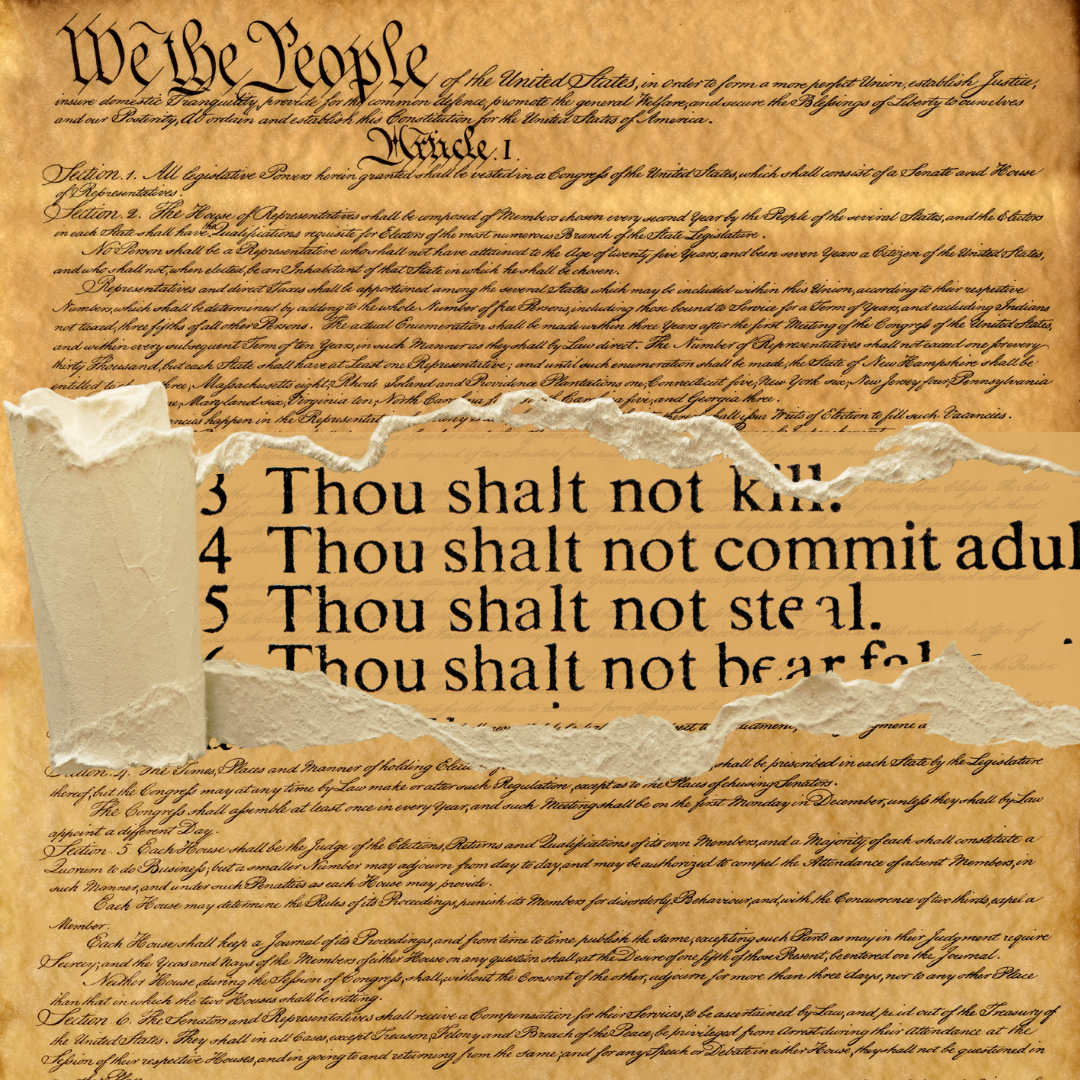How social media affected the musical festival that never was
The Fyre Festival controversy brings together everything that mainstream society holds near and dear right now: social media, influencers, the “fantasy” of beautiful locales and deception and deceit. All brought to you by Twitter after the festival first flopped and is now back to the forefront of society’s mind due to your favorite streaming platforms, Hulu and Netflix.
The Fyre Festival was a musical festival planned by the Fyre booking app as a ploy to garner attention for the platform and brand. As a promotional tool for the booking platform, Fyre Festival was meant to be the most luxurious musical experience.
Fyre Festival and its controversy is totally and completely grounded in our ever-growing attachment to social media.
It was, as we now know, the intention of Fyre’s CEO, Billy McFarland, to create a tangible experience of the opulence and wealth that we see on social media for its more general users. Not everyone can be Kendall Jenner or Emily Ratajkowski, but Fyre Festival would be as close as one could get to this lifestyle.
Because tickets for the festival could feasibly be purchased by many people of different socioeconomic standing, everyone to a certain extent could be more than their means from May 5 to May 7, 2017. So the fear of missing out, or FOMO, could be alleviated in a sense, as long as you bought your tickets fast.
The lead up to the Fyre Festival, while alleviating a lot of the anxiety that comes from social media, also played on the ways in which we are drawn to social media.
McFarland played on social media culture so well. He had the advertisements boosted on Facebook and Instagram, with famous Instagram and runway models featured. He played on our ingrained American capitalistic greed and our need to be the “haves” instead of the “have-nots”.
In the Netflix documentary “FYRE: The Greatest Party That Never Happened,” they spend a significant amount of time talking about the Fyre orange tile that all of the social media influencers were posting while gearing up for the music festival.
Abstract announcements were nothing new to social media at the time that Fyre was using the orange tile. If anything, musical artists were using these abstract live feeds and Instagram posts to announce tour dates and new musical projects.
A notable account of these kinds of cryptic tweets and Instagram posts is back in 2015 with the rapper A$AP Rocky. He lost something like 100,000 followers in 10 hours for trying to promote his “At.Long.Last.A$AP” album. He posted 12 consecutive blank white posts, before the posts turned into a kind of gradient from white to black, and then a kind of art piece.
This is all to say that the abstract posting back in 2015 grabbed people. It caused a kind social media mayhem, and the Fyre Festival was tapping into that. The orange tile was no different. It created a level of mystery and intrigue, and also probably some outrage. Fyre was playing on everything that makes social media attractive and everything that makes social media kind of awful.
Fyre Festival was born from social media and died because of social media.
We watched as social media was able to cultivate the experience but also as it shed light on the reality of the situation.
It has been two years since Fyre Festival grabbed everyone’s attention on Twitter. Attendees at the Fyre Festival used Fyre’s own #fyrefestival tag to debunk all of the booking app’s initial lies and deceit about the overall experience. We watched as people live-tweeted what was supposed to be the music festival of the year crash and burn.
Us at home revelled in the absolute chaos of hundreds of people, presumably spoiled rich millennials, getting stranded on the Bahamian island of Exuma. We made memes about it. It was everywhere.
And even still, after the original social media wave surrounding Fyre Festival ebbed, with these documentaries we see a resurgence in interest on social media. The other day I saw a meme about the infamous Evian water story from the Netflix documentary.
A music festival bred and destroyed by social media has regained our attention and our awareness. It may be because of how reliant we are on social media that we have decided to resurrect this dead meme in a new and interesting, while also looking back somewhat fondly on its original demise.
The Fyre festival story grabs us because of the way in which social media makes us anxious, jealous, susceptible to avarice and incredibly insecure.
It is a story mired in major controversy and actual criminal activity. But even still, we grow to understand the major players in this flopped festival because they are driven by everything we are driven by when we log into our Instagram and Twitter accounts.














































